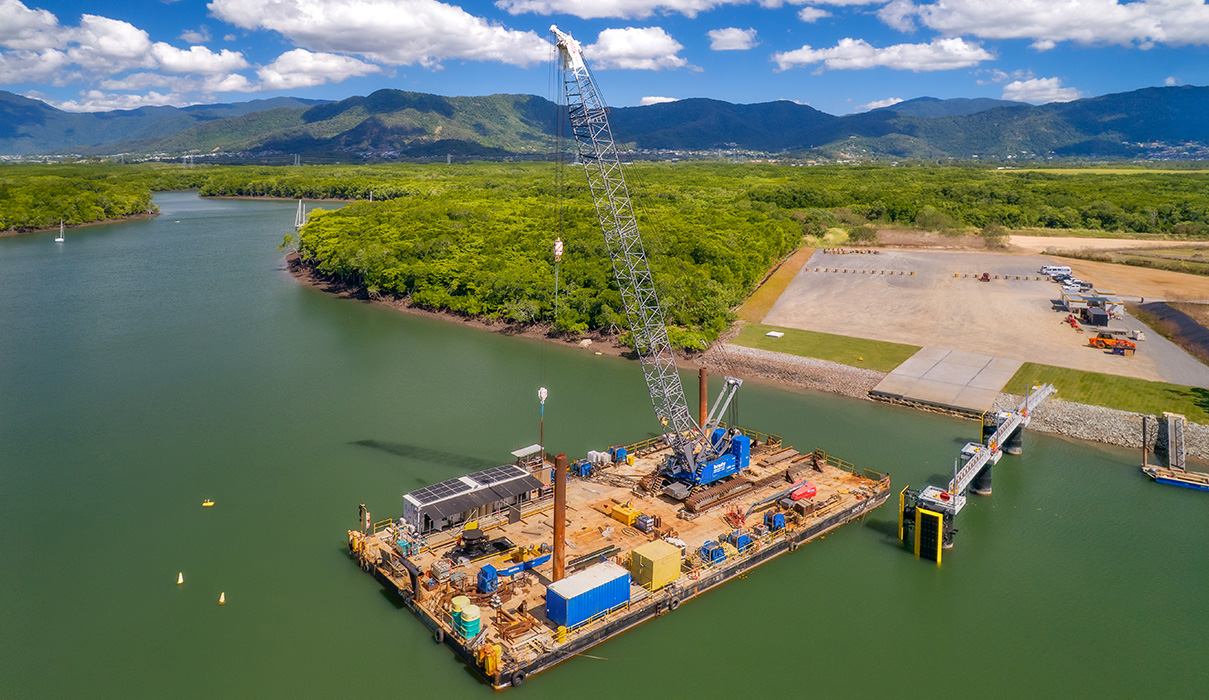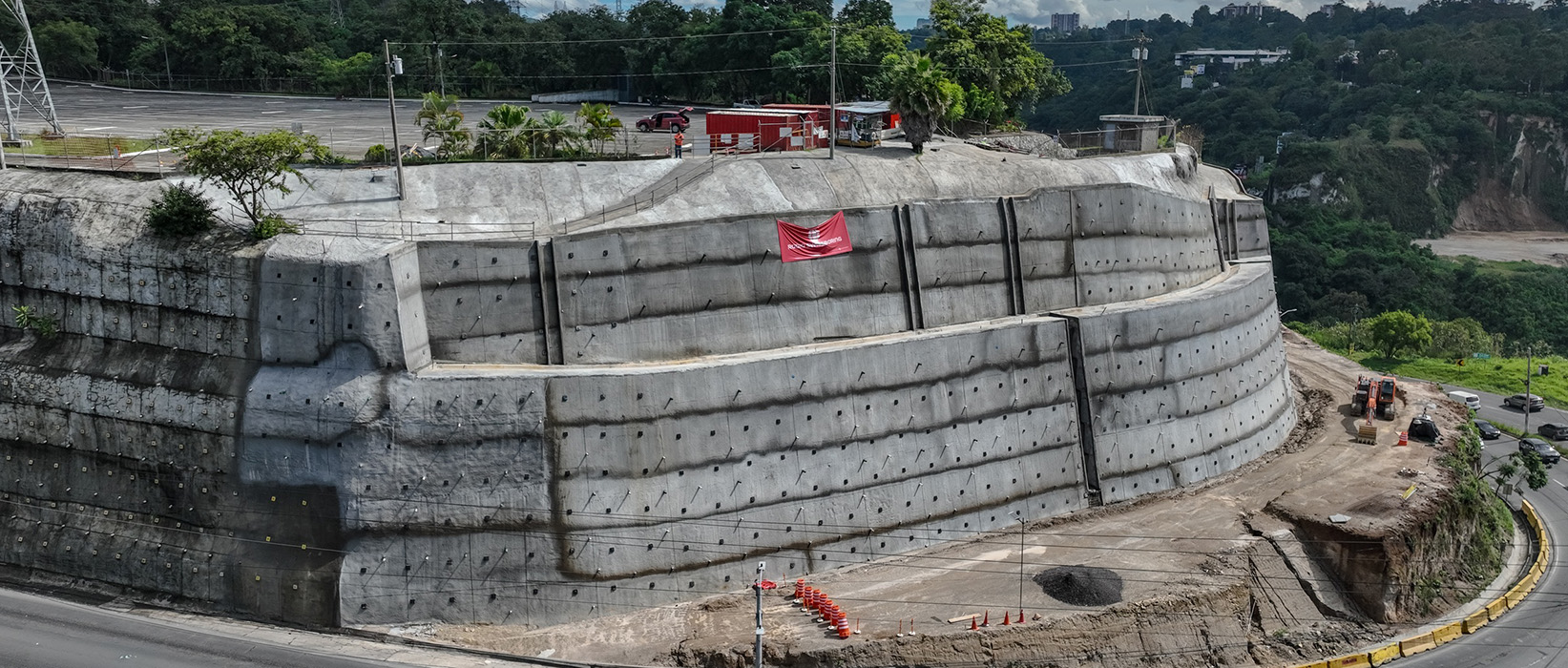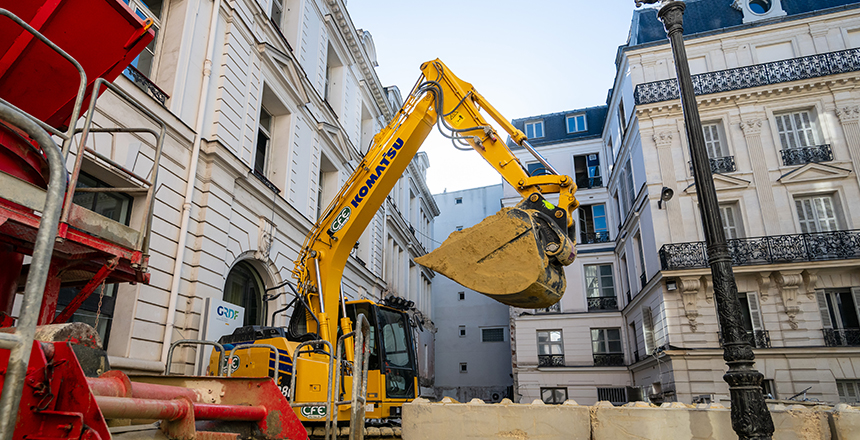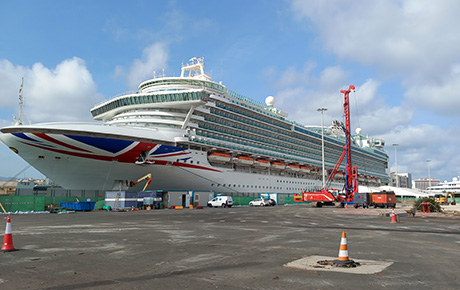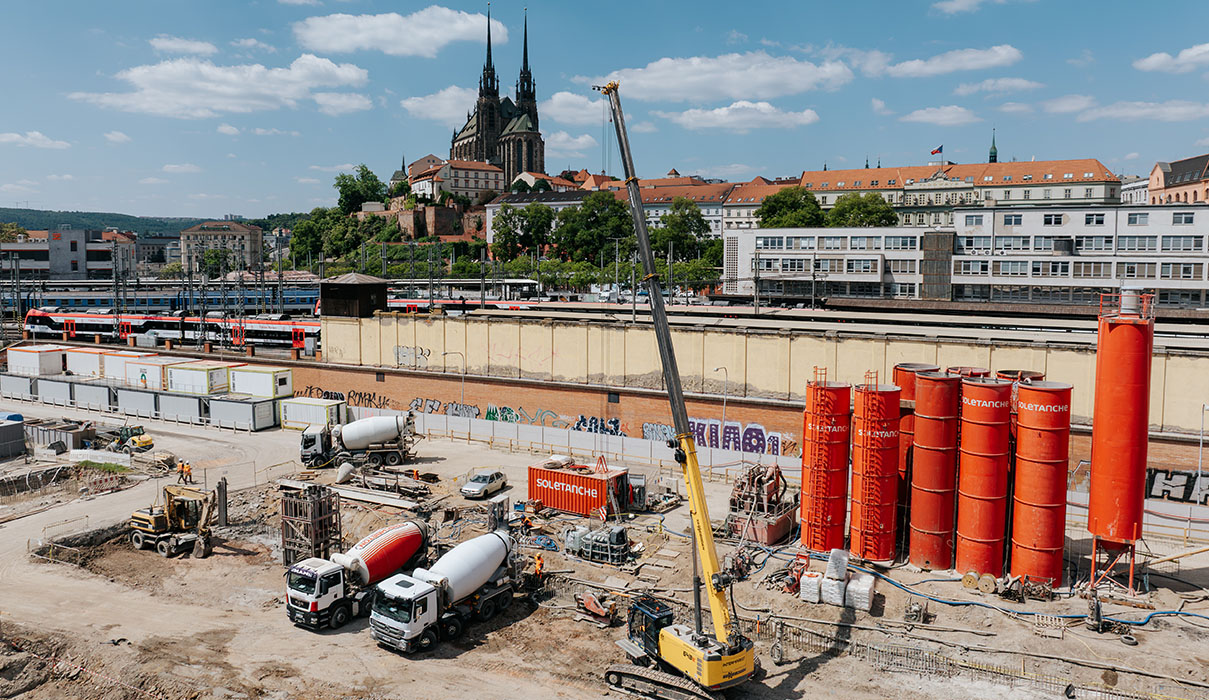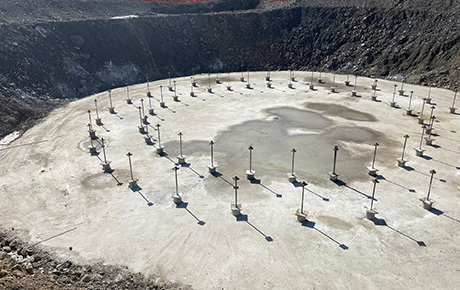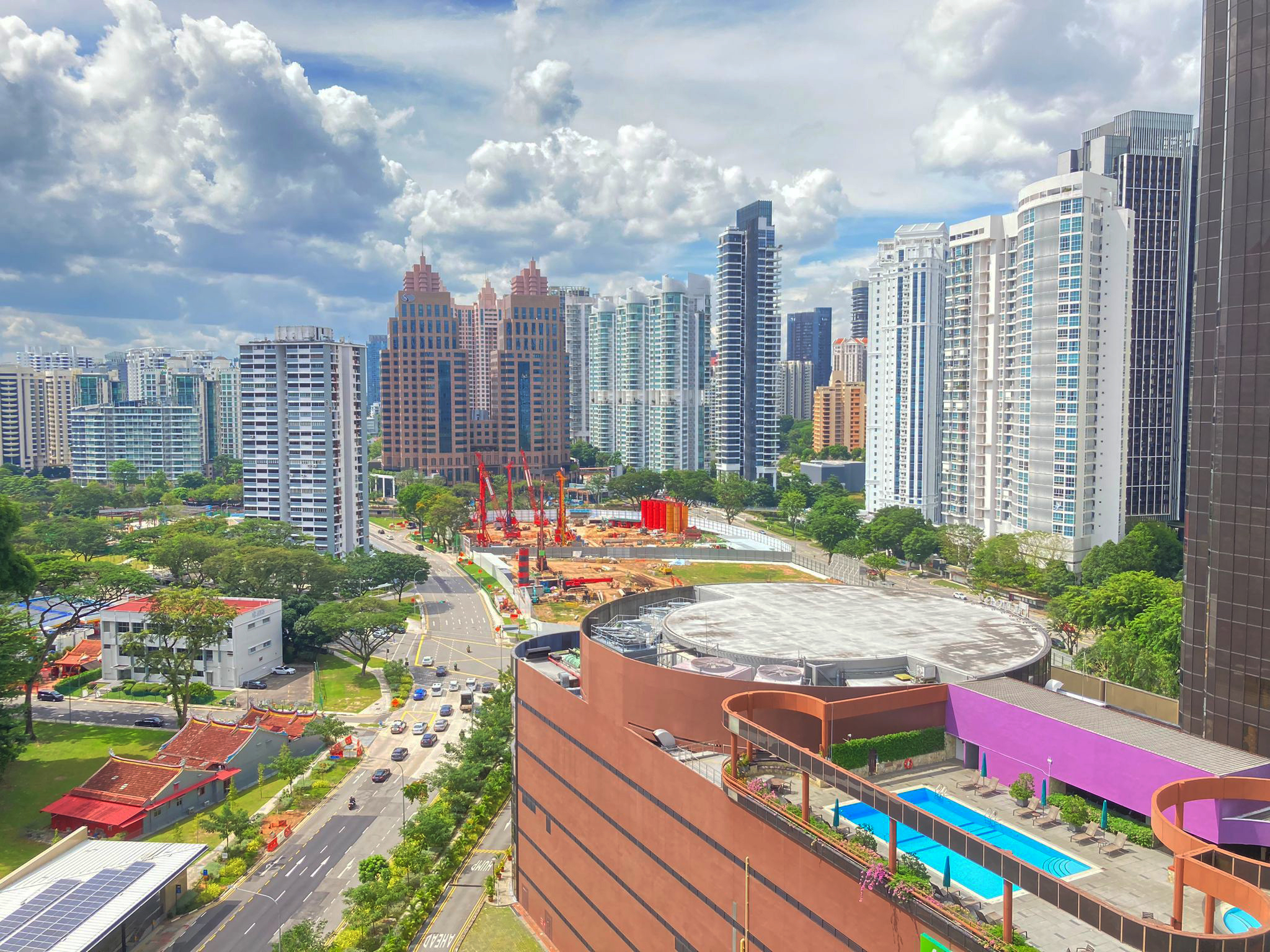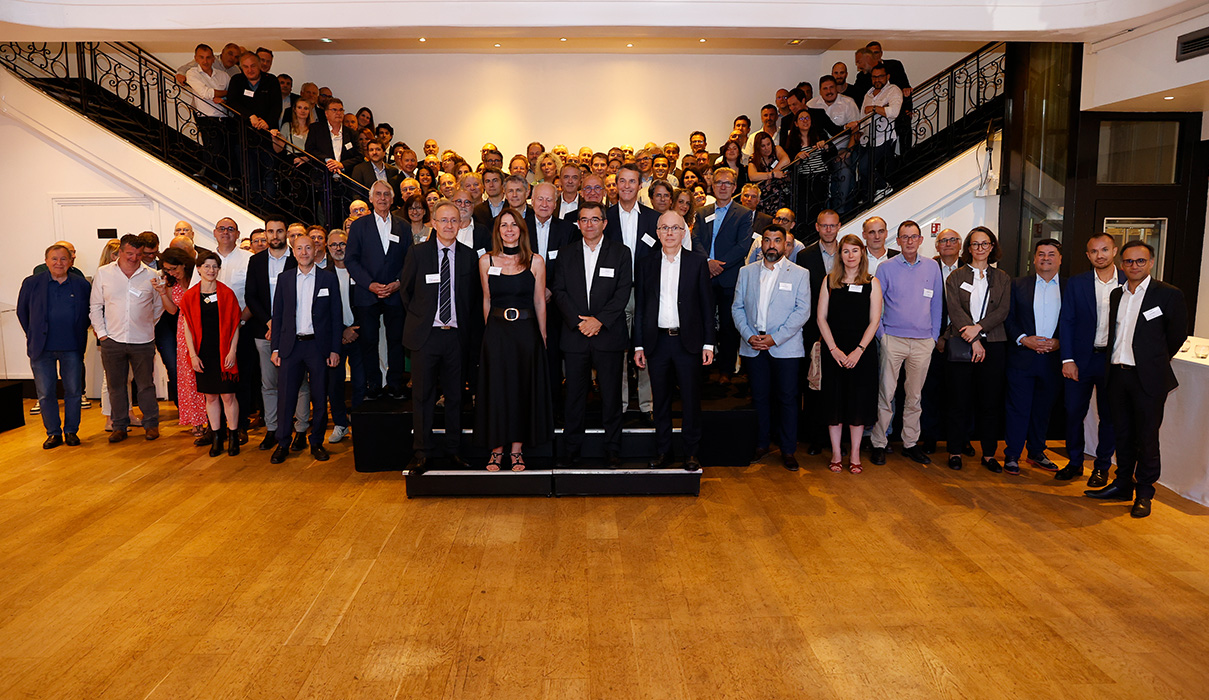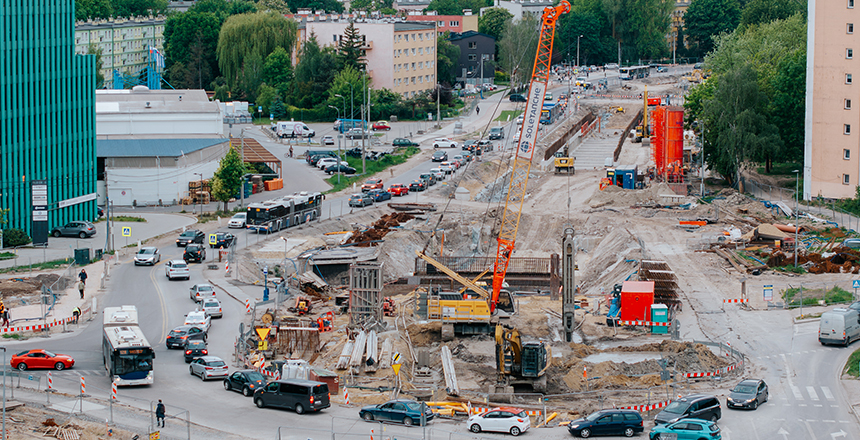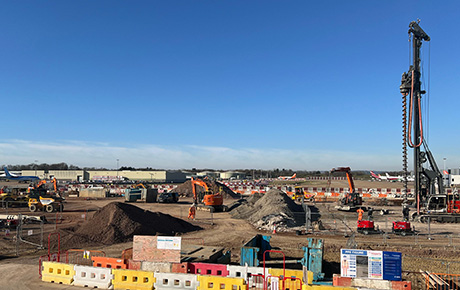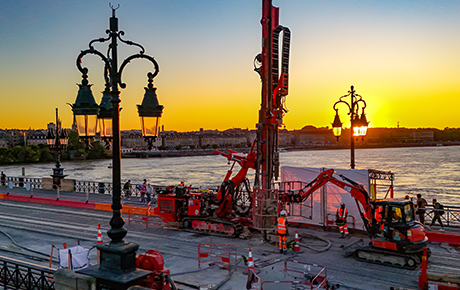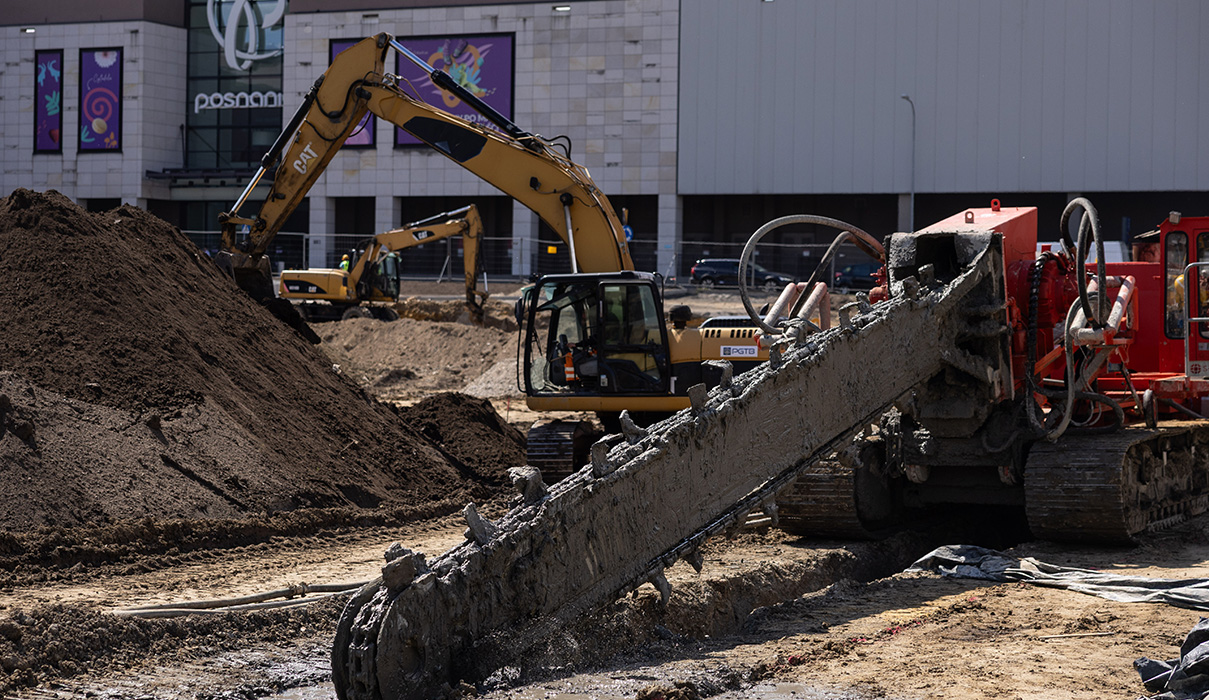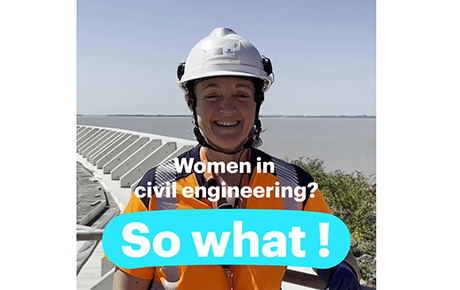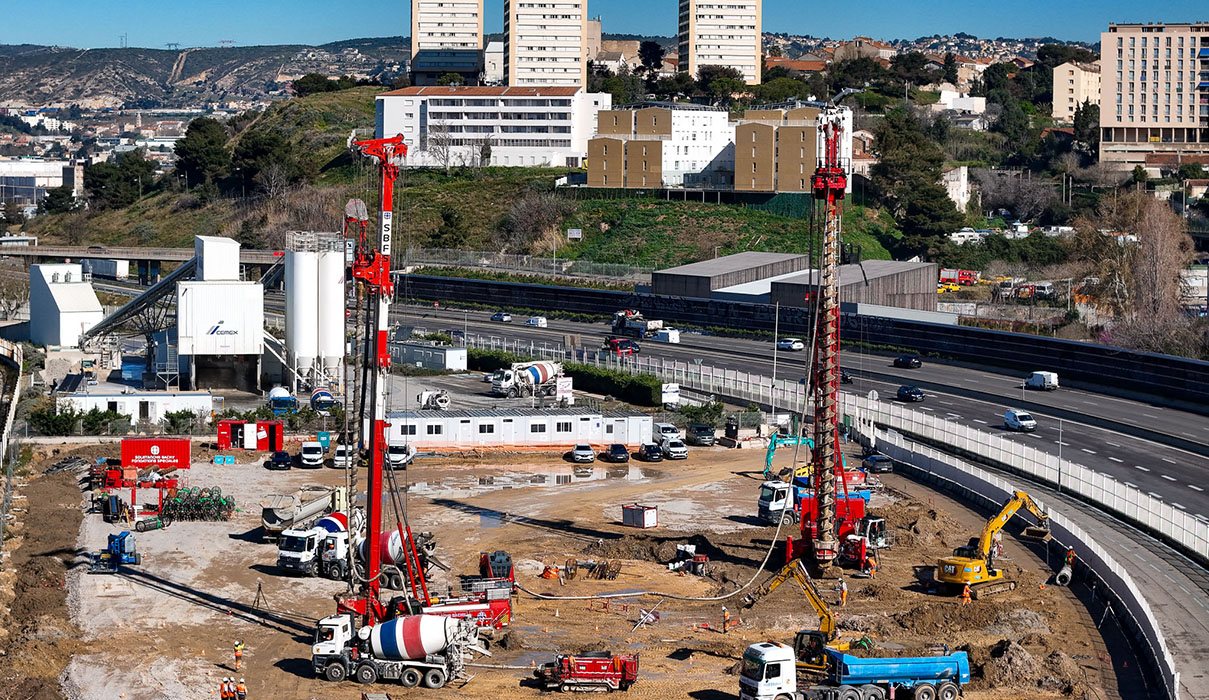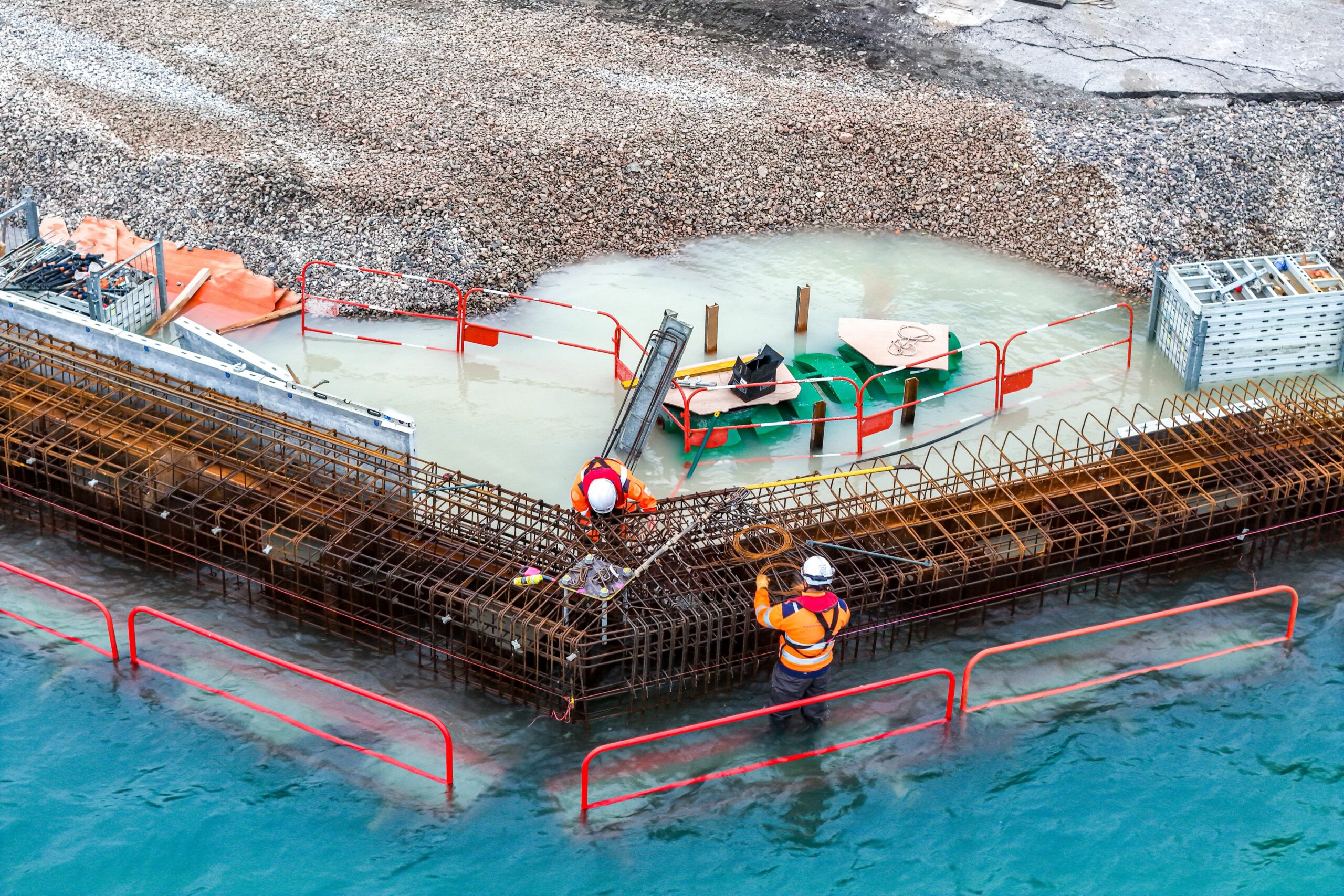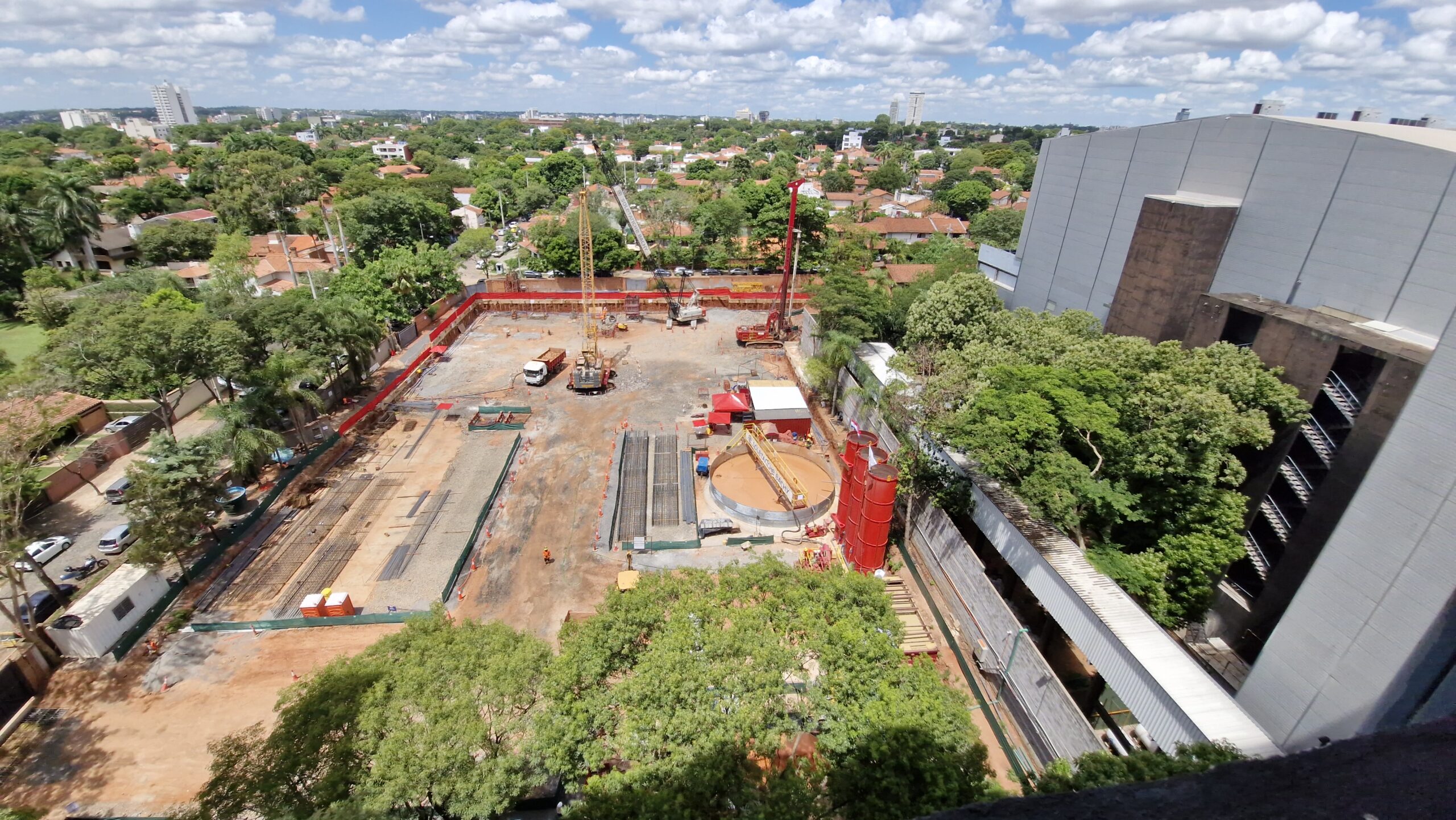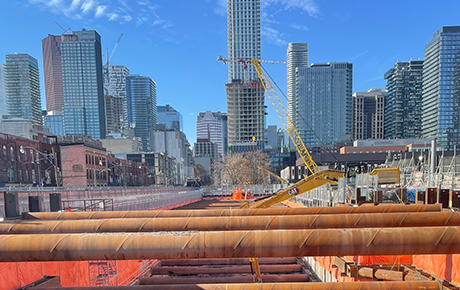20/10/2020
Soletanche Bachy Tunnels constructs a dip heading for a future underground quarry in Cormeilles-en-Parisis
The teams of Soletanche Bachy Tunnels are working on the outskirts of Paris, in Cormeilles-en-Parisis, to construct a dip heading providing access to a future gypsum quarry. This design and build contract was awarded based on an underground technical variant and completed under difficult conditions, due to the terrain encountered, environmental constraints and tight deadlines.
The Cormeilles-en-Parisis opencast quarry supplies around 60% of the plaster exported by France. The site, operated by the PLACOPLATRE group, a Saint-Gobain subsidiary, is currently reaching the end of operations and is due to be replaced by an underground quarry in 2021.
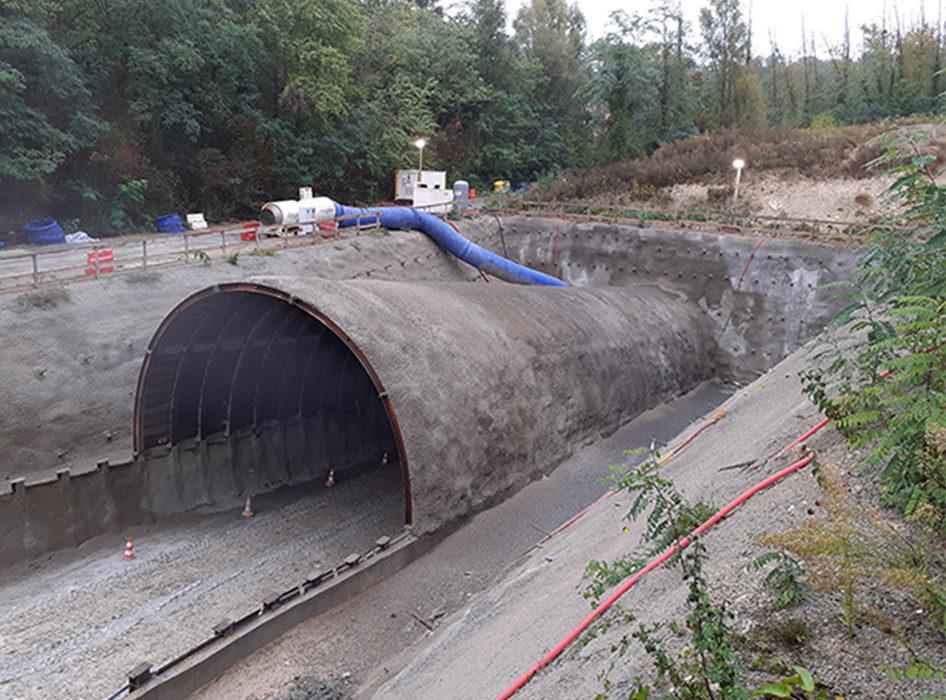
In February 2018, the contracting authority launched a call for tenders for the construction of a dip heading to provide access to the future underground gypsum quarry. The Soletanche Bachy Tunnels consortium, in partnership with Spie Batignolles GC and Terrasol, responded to the call for tenders, while also offering a technical variant. The modified structure now mainly comprises a nailed spandrel wall, a 71 linear metre false tunnel and a 78 linear metre tunnel, with the false tunnel due to be completely backfilled at the end of the work.
The variant addresses the long-term nature of the operation and environmental concerns by placing the entire project underground to produce a more competitive economic solution. PLACOPLATRE was very interested in this variant and, after several months of discussions and studies, eventually offered our consortium a “design and build” contract based on the proposed solution.
The surveys carried out highlighted the presence of some very decompacted voids several metres thick, passing horizontally through several different types of ground (very disparate backfill and modified ground resulting from the site’s development, supra-gypsum marl backfill, whitish “saccaroid” gypsum, marl between two masses and “larkspur” gypsum).
The consortium’s teams have implemented several technical procedures for these soil conditions, combining preliminary retaining works and major retaining works. The face was excavated using a hydraulic digger equipped with a bucket and/or rock breaker, depending on the type of soil encountered, and under the protection of pipe roofing using self-drilling anchors 51mm in diameter and 12 linear metres long. Depending on the geology encountered, the retaining works comprise fibreglass anchors to support the rock face, combined with shotcrete and HEB 180 arches to support the roof and uprights. In deformable areas, HEB 180 counter-arches have been used to brace the roof arches. Systems to test for ground movements (settlement and convergence) secure the excavation schedule and allow it to be adjusted to the type of retaining work to be carried out.
The client is satisfied with the work carried out at this stage of the project.
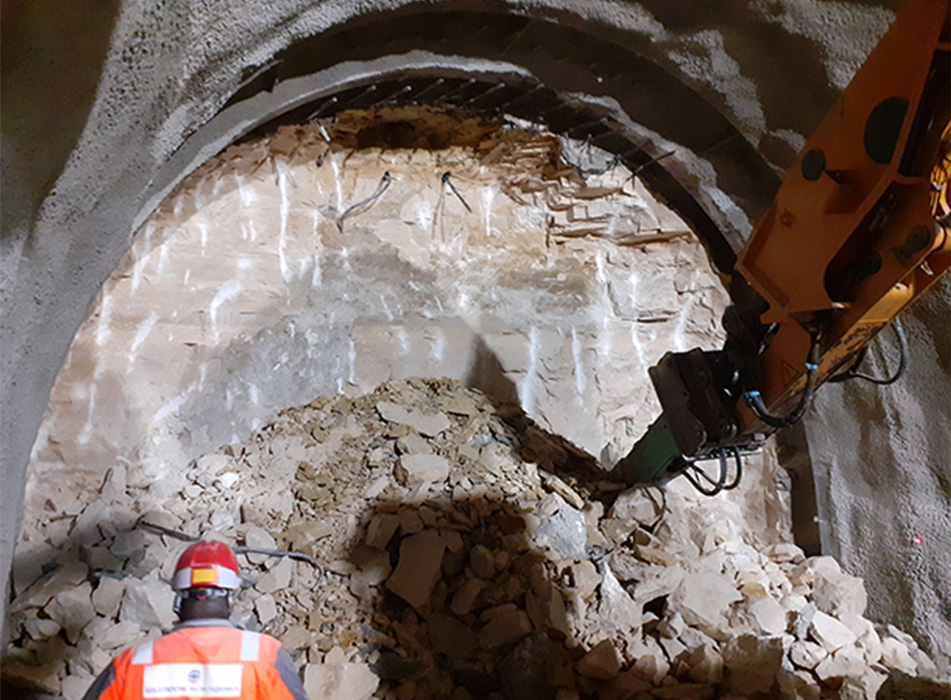
Project challenges
- Work carried out alongside ongoing quarry operations,
- Limits on disruption to residents and the environment,
- Crossing very decompacted ground,
- Work to be carried out with a slope of 10% to reach the usable layer of gypsum,
- Ban on night work,
- Strict adherence to the schedule due to the client’s imperative need to operate the new quarry to maintain production of the plant in 2021.
Environmental measures adopted
- Reuse of materials: the opencast quarry is backfilled with material excavated from the Grand Paris Express construction sites.
- Reforestation of the area and creation of the Butte de Cormeilles large regional park covering approximately 100 hectares.
